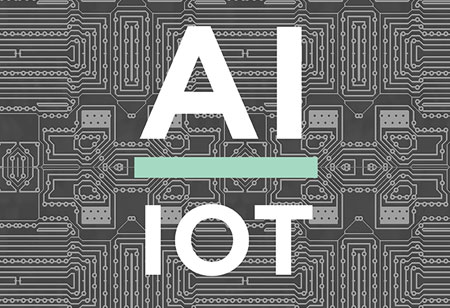THANK YOU FOR SUBSCRIBING
Four IoT Security Threats That You Need to Be Aware Of
IoT security threats such as DDoS, rankings, and social engineering may be used to deprive individuals or organizations of vital data. Attackers can exploit IoT infrastructure security flaws to carry out advanced cyber attacks.

By
Apac CIOOutlook | Monday, January 04, 2021
Stay ahead of the industry with exclusive feature stories on the top companies, expert insights and the latest news delivered straight to your inbox. Subscribe today.
IoT security threats such as DDoS, rankings, and social engineering may be used to deprive individuals or organizations of vital data. Attackers can exploit IoT infrastructure security flaws to carry out advanced cyber attacks.
Fremont, CA: The implementation of IoT has grown in various industries, including agriculture, services, production, and retail. Solutions from IoT helped increase factory and workplace productivity and efficiency. Also, the development of a connected and proactive approach to health-care has been driven by IoT medical devices. Smart cities also use IoT to create linked lights and parking lots to reduce the traffic effect. However, in implementing IoT, the effect of IoT security threats may become a significant problem. IoT security threats such as DDoS, rankings, and social engineering may be used to deprive individuals or organizations of vital data. Attackers can exploit IoT infrastructure security flaws to carry out advanced cyber attacks. Such risks to IoT protection may be mostly directed towards customers because they are unaware and don't have the means to counter them.
Here are four IoT security threats that organizations need to be aware of:
Denial of service
By sending numerous requests, a denial of service (DoS) attack intentionally aims to overload a target system's capability. In comparison, attackers that execute a denial of service don't try to steal sensitive data instead of phishing and brute attacks. DoS can nevertheless be used to slow down or disable a service that harms a company's reputation.
Identity and Data Theft
In order to collect additional information about users and organizations, hackers now target IOT products, such as smartwatches, smart meters, and smart home systems. Thus attackers can implement more advanced and detailed identity theft through the collection of such data. In IoT devices connected to other devices and enterprise networks, attackers can even exploit vulnerabilities. T threats to IoT security will lead to data disruptions in many companies.
Man-in-the-Middle
In a Man-in-the-Middle (MiTM) attack, a hacker attacks the communication channel between two individual systems to access messages among them. Attackers gain control of their correspondence and deliver illegitimate messages to participating networks. These attacks can be used for the hacking of IoT devices like intelligent fridges and self-employed cars. Man-in-the-middle attacks can be used in real-time for several IoT devices to attack. With MiTM, attackers can intercept multiple IoT system communication, which can lead to a critical failure.
Botnets
A botnet is a network that combines different systems to monitor and spread malware on the victim's device remotely. Cybercriminals use Command & Control servers to control botnets to rob sensitive information, obtain Online Banking data, and carry out cyberattacks, including DDoS and phishing. Cybercriminals can use botnets to target IoT-connected devices like laptops, desktops, and smartphones. Mirai botnet has shown that security threats can be harmful to IoT. To conduct distributed denial of service attacks on many IoT-devices, attackers have used the botnet. Several cybercriminals have created several advancing IoT botnets after witnessing the impact of Mirai. These botnets can start advanced cyber attacks on vulnerable IoT devices.
See Also:





